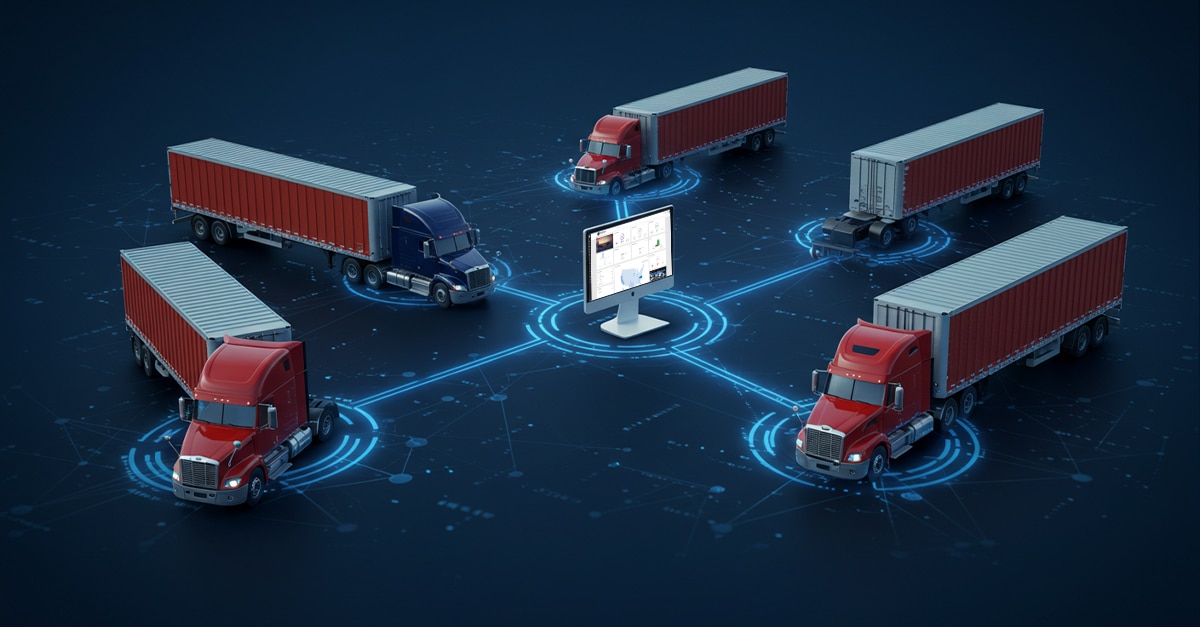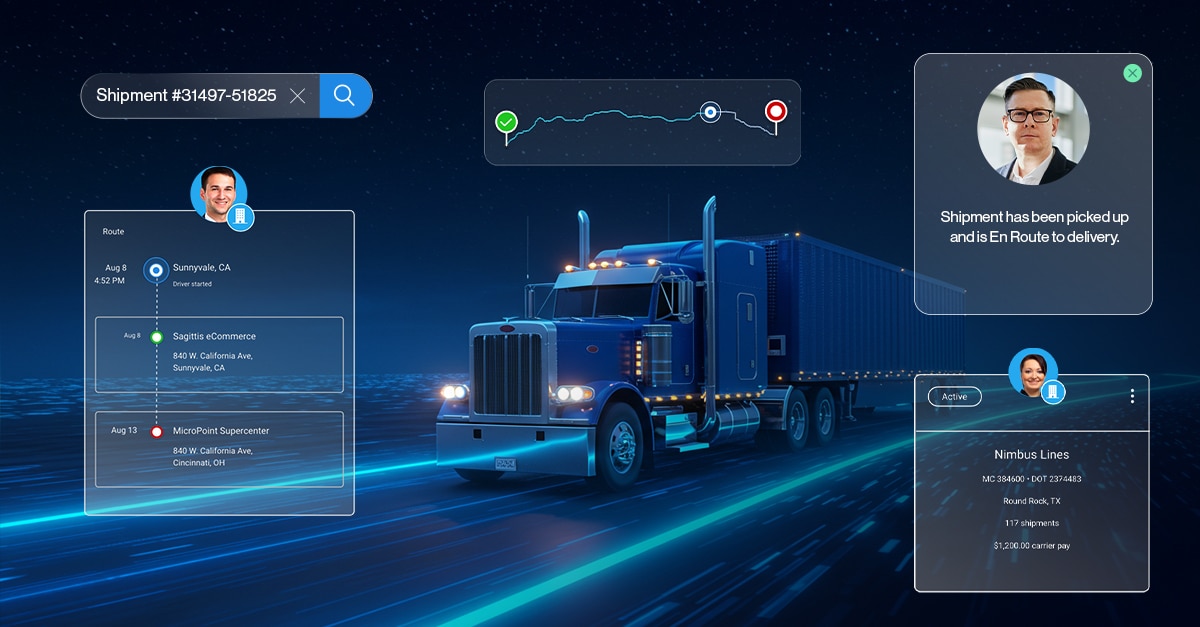In the modern supply chain, selecting the right supply chain technology and software can make or break company goals. Unfortunately, choosing the right supply chain visibility software is even more complicated. Every company promises access to more information, the latest market data, and a better way to manage the supply chain. The reality is simple. Not all supply chain visibility software works in the same way. Consider these capabilities noted by PYMNTS.com:
“Visibility is critical… particularly in supply chain management with businesses in need of “real-time access to package, truck and driver location, warehouse information” and more.
For that reason, supply chain executives need to know a few things about evaluating and buying supply chain visibility software.
Conduct a Thorough Assessment to Determine the Needs and Features Required of the System
This is the most critical step of any organization seeking to implement a new supply chain visibility software. Without a thorough assessment of existing system functions and limitations, an organization cannot realistically define the next system’s needs. In many cases, an organization will already have some visibility capabilities, such as utilizing electronic logging devices (ELDs) to track truck locations. However, those systems are not necessarily designed to work with the inventory management system or customer-facing platforms. Therefore, the organization needs to find a way that will successfully unify these systems.
Review the System’s Capabilities for Integrating with Existing Supply Chain Systems
Supply chain visibility software must work well with the existing and future systems of use within the supply chain. Supply chain executives must look for a system designed with an open architecture. This means the system is built on open-code that allows for seamless integration with additional platforms as the supply chain expands. In many cases, the use of application programming interfaces (APIs) allows for this capability.
Consider the Ease-of-Use of the System in Conjunction With Existing Supply Chain Systems
Any new visibility software must run automatically and maximize users’ ability to understand what is happening without going through an endless stream of reports. As a result, the best-of-breed systems will take advantage of contextual messaging features and auto-tagging options, which will flag exceptions and provide a more proactive, faster response to manage those exceptions. Since the system is continuously running and applying information, users can spend less time coming through the system and more time understanding what is happening within the supply chain.
Think About the Various Cultural Differences and Possible Barriers That May Make Utilizing Supply Chain Visibility Software Difficult
Utilizing visibility software should also consider the various cultural differences and barriers that may contribute to problems. For example, language barriers may result in massive disruptions of the supply chain if the visibility software cannot transcribe tags and information. As a result, supply chain leaders should look for systems that automatically integrate with translation software to ensure everyone stays informed regardless of their position or location.
Take Advantage of Software That Grows With Your Business in the Form of Software-As-a-Service (SaaS)-Based Platforms
In recent years, the introduction of SaaS-based platforms has become the new gold standard for supply chain management. Utilizing a SaaS platform allows businesses to take advantage of software, based on their actual needs. As a result, organizations can realize the benefits of visibility software at a fraction of the costs of on-premise solutions. In turn, larger enterprises need more resources, so their costs may be higher in total. Regardless, the result is the same. Those using scalable SaaS-based visibility software can stay competitive and relevant without going bankrupt.
Choose a Vendor With Expertise in Developing Supply Chain Visibility Software and Continuously Improving the Platform
A final consideration when selecting visibility software involves choosing a vendor that has a reputation for continuous improvement. Not all supply chain visibility software can claim it is continuously under development and looking to the next opportunity to save resources and promote efficiency within the supply chain. For example, does the software offer the ability to integrate with analytics platforms? Can it streamline freight settlement processes? The answers to these questions are crucial to understanding how the visibility software will grow with your business.
Kickstart Your Next Software Selection and Implementation by Partnering With Turvo
The software selection process can be complicated, but implementation can be even more of a nightmare. However, the simplest way to implement a new supply chain system built on the premise of improving supply chain visibility and maximizing the return on investment of your existing tech stack lies in leveraging the expertise and resources at your disposal. That’s where Turvo comes into play, working hand-in-hand with an organization to ensure a seamless selection and implementation, allowing your business the opportunity to get back to work. Visit Turvo online to get started today.








